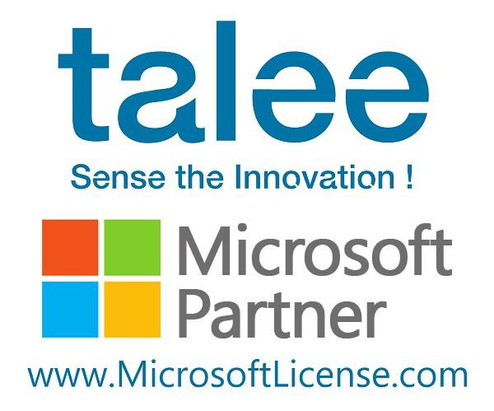Introduction: Microsoft License is a household name in the world of technology, providing a wide array of software solutions that cater to individuals, businesses, and enterprises alike. However, navigating through Microsoft's licensing can often be a daunting task, with its complexities and intricacies leaving many perplexed. In this comprehensive guide, we aim to demystify Microsoft licensing, shedding light on its various aspects, types, and considerations.
Understanding Microsoft Licensing:
Microsoft License offers a diverse range of products, including operating systems, productivity suites, server software, development tools, and cloud services. Each product comes with its own licensing model, terms, and conditions. Understanding these nuances is crucial for organizations to ensure compliance and optimize their investment in Microsoft technologies.
Types of Microsoft Licenses:
-
Retail Licenses: Retail licenses are typically designed for individual consumers and small businesses. They are usually purchased from retail stores or online marketplaces. Examples include licenses for Microsoft Office suites or Windows operating systems.
-
Volume Licensing: Volume licensing is tailored for businesses and organizations that require multiple licenses. It offers flexibility, cost savings, and centralized management. Common volume licensing programs include:
- Open License: Suitable for small to midsize organizations, offering transactional licenses with no minimum purchase requirements.
- Enterprise Agreement (EA): Designed for larger enterprises, providing a comprehensive licensing solution with predictable annual payments.
- Microsoft 365 (formerly Office 365) Licensing: Subscription-based licensing for cloud-based productivity and collaboration tools, offering various plans catering to different organizational needs.
- Select Plus: Allows organizations to acquire licenses on a transactional basis while offering additional benefits such as centralized reporting and management.
- Microsoft Products and Services Agreement (MPSA): A flexible licensing agreement that simplifies purchasing and management of software licenses and cloud services across the organization.
-
OEM Licenses: Original Equipment Manufacturer (OEM) licenses come pre-installed on hardware devices such as laptops, desktops, and servers. These licenses are non-transferable and tied to the specific hardware on which they are installed.
-
Academic Licenses: Microsoft License offers special licensing programs for educational institutions, including primary schools, colleges, and universities. These licenses are often discounted and tailored to meet the unique requirements of the education sector.
Key Considerations for Microsoft Licensing:
-
Compliance: Ensuring compliance with Microsoft License terms is essential to avoid legal ramifications and financial penalties. Conduct regular audits to validate license usage and address any discrepancies.
-
Scalability: Choose licensing options that can scale with your organization's growth. Consider future expansion plans and opt for flexible licensing models that accommodate changes in user count, device deployment, and software requirements.
-
Cost Optimization: Assess your organization's software needs and choose licensing options that offer the best value for money. Consider factors such as total cost of ownership (TCO), return on investment (ROI), and potential cost savings through volume discounts or subscription-based models.
-
Software Asset Management (SAM): Implement robust software asset management practices to effectively track, manage, and optimize your Microsoft license. Utilize tools and technologies that automate license inventory, usage monitoring, and compliance reporting.
-
Cloud Adoption: With the rise of cloud computing, organizations are increasingly transitioning to cloud-based services offered by Microsoft, such as Microsoft 365 and Azure. Evaluate the benefits of cloud adoption in terms of scalability, flexibility, and cost-efficiency compared to traditional on-premises solutions.
Conclusion: Navigating the intricacies of Microsoft License requires a clear understanding of the various types, considerations, and best practices. By leveraging the right licensing options and implementing effective software asset management practices, organizations can ensure compliance, optimize costs, and maximize the value of their investment in Microsoft technologies. Stay informed, stay compliant, and unlock the full potential of Microsoft's software ecosystem.
Website: https://microsoftlicense.com/
https://sites.google.com/view/microsoft-license-99/home
https://seogoogle99.blogspot.com/2024/04/microsoft-license.html
https://list.ly/list/9o1x-understanding-microsoft-licensing-a-comprehensive-guide

